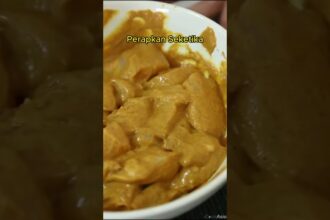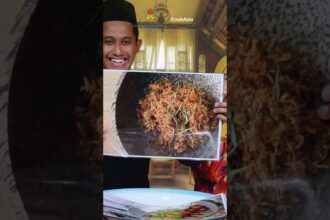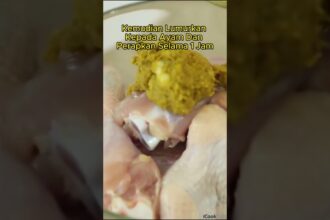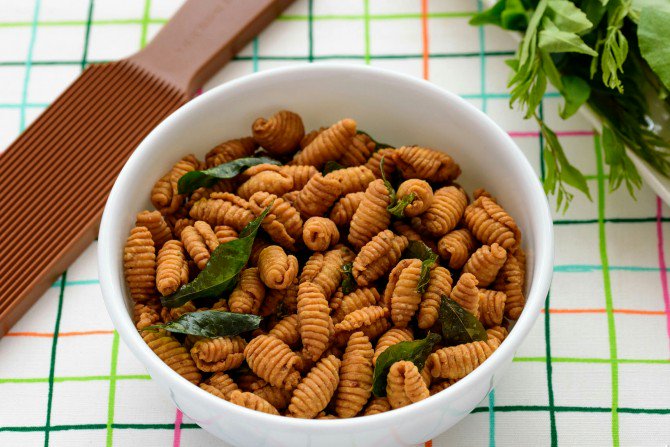Kuih-muih are arguably the best thing in Malaysian cuisine. They’re traditional and makes us think of our heritage with pride.
However, we have to admit that there are a few kuih-muih that have the weirdest names.
1. Cakar Ayam
Literally translates to chicken scratches. This kuih could have been given this name as it looks similar to chicken scratches on the ground.
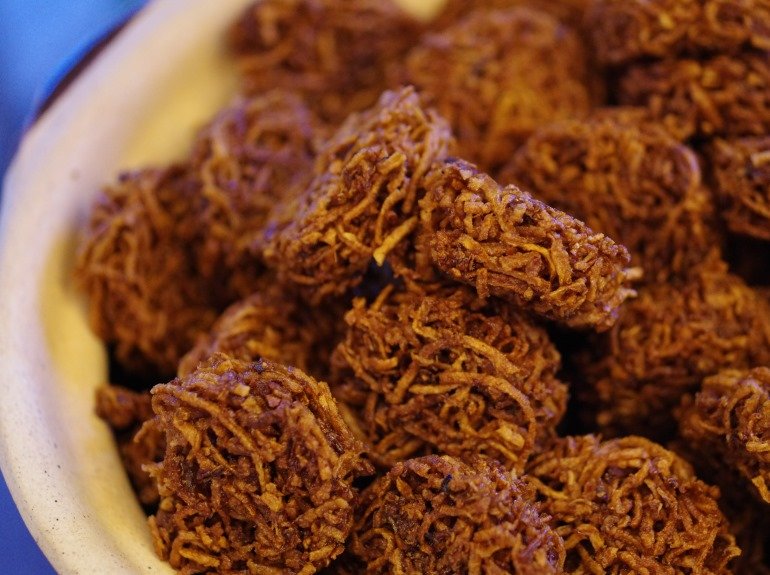
This kuih is made from shredded sweet potatoes and brown sugar. Those ingredients are fried together then put in a tin and left to cool until it takes its shape.
For the full recipe, watch the video below.
2. Badak Berendam
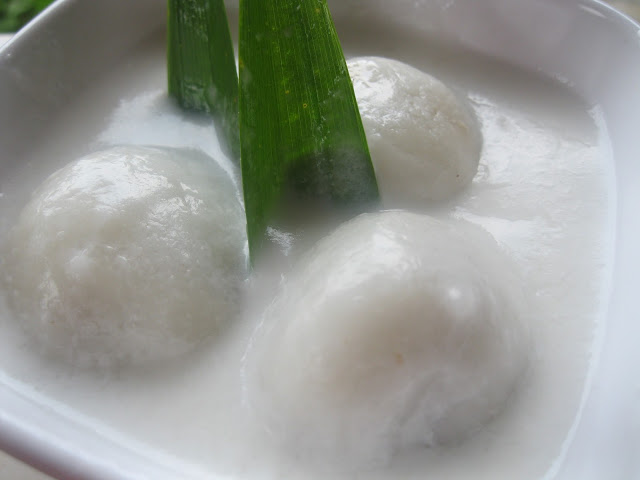
Whoever named this definitely had hippos in their mind and we suspect it has something to do with its shape.
The badak berendam is made out of rice flour and the filling is made from gula melaka, sugar, shredded coconut and pandan leaves. After the ‘badak’ is cooked, it is covered with a coconut milk sauce. You can even have the balls in green if you want to!
Watch the video below for the recipe.
3. Kuih Ulat Bulu
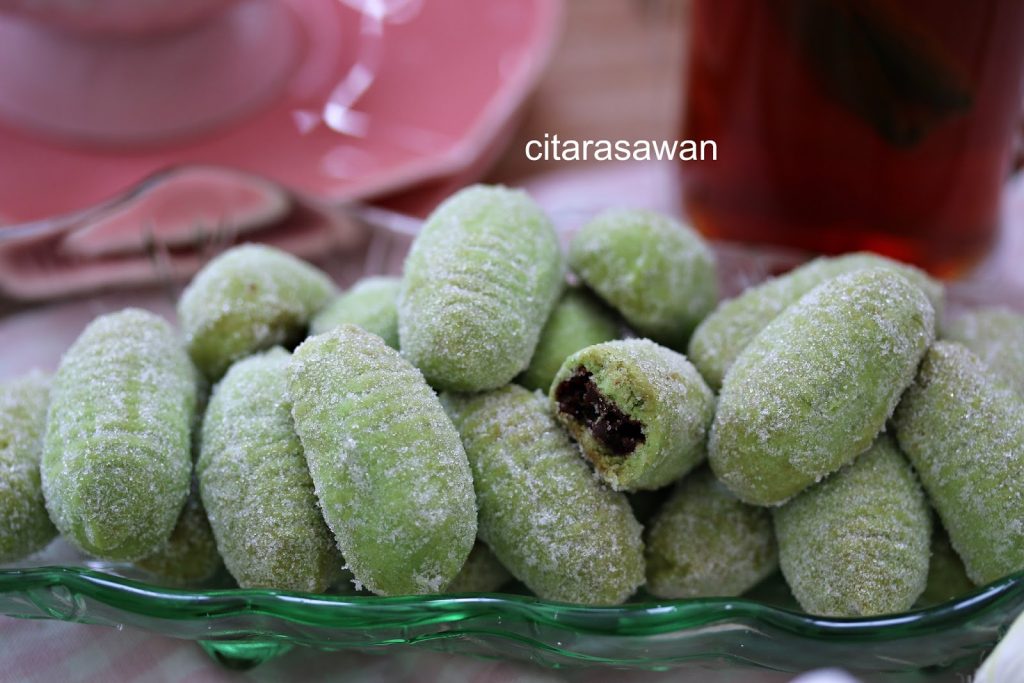
The origins of the name is obvious with this one. At a glance, it already looks like tiny caterpillars, especially ones shown in cartoons. Green, fat and short caterpillars!
This kuih is a famous traditional snack from Kelantan and is made from sticky rice flour, grated coconut, palm sugar, salt, sugar and green nuts.
4. Kuih Gelembung Buaya
No exotic meat here so how did the name come about? We’re not entirely sure but we suspect it has something to do with the green colour.
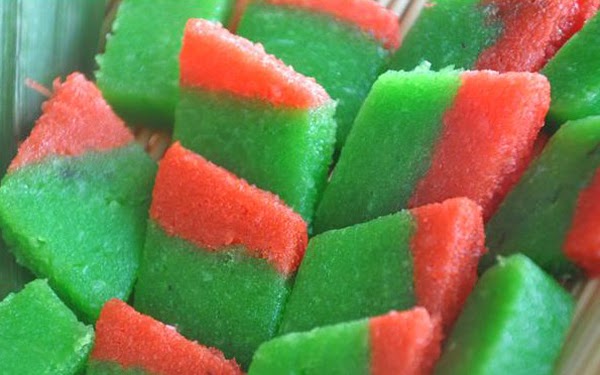
Similar to dodol, this kuih is made from coconut milk, gula melaka and rice flour which makes the texture thick and sticky. What makes it different from dodol is the colourful layers, kuih Gelembung Buaya usually has two layers- green and pink.
Maybe its pink for the tongue and green for the body?
5. Kuih Tahi Itik
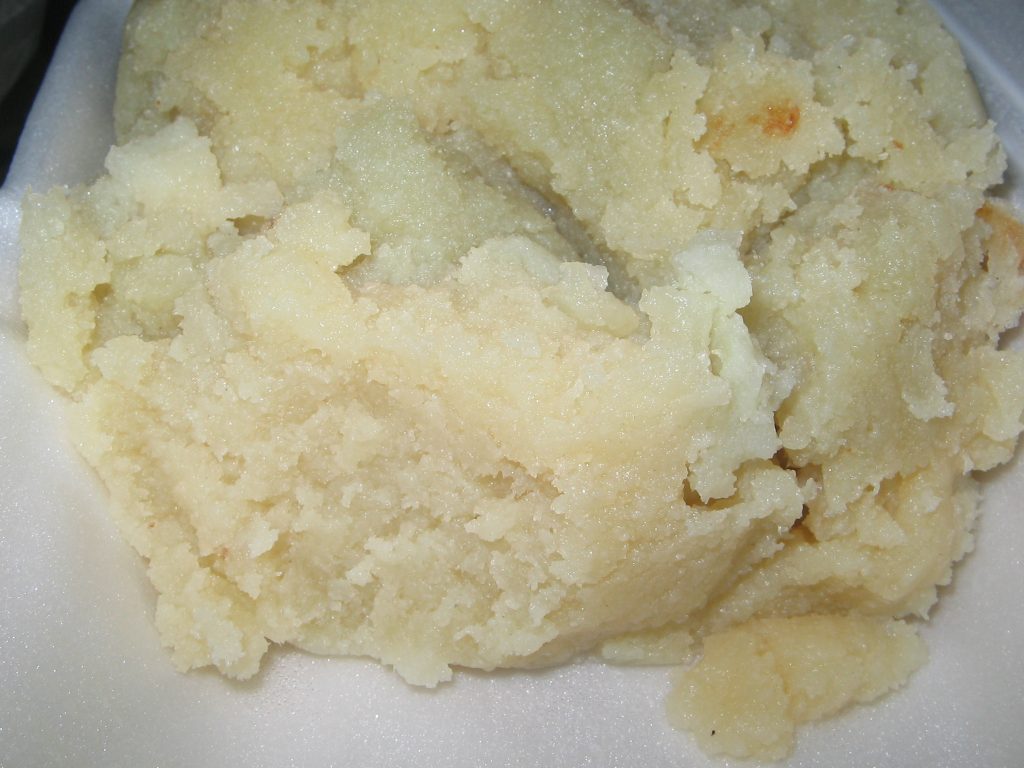
Popular in Kelantan and Terengganu, the kuih given the name as it resembled duck dung. But don’t worry, no dung was used.
Kuih tahi itik is made from egg whites and sugar syrup. With the sugar syrup in a pot, the egg whites are poured little by little into the pot until it takes its final shape.
Interested to give this a go? Click on the video below for the full recipe.
6. Kuih Jala Emas
Kuih Jala Emas is often made together with the Kuih Tahi Itik as it uses only egg yolks while the latter only uses egg whites. Zero waste!
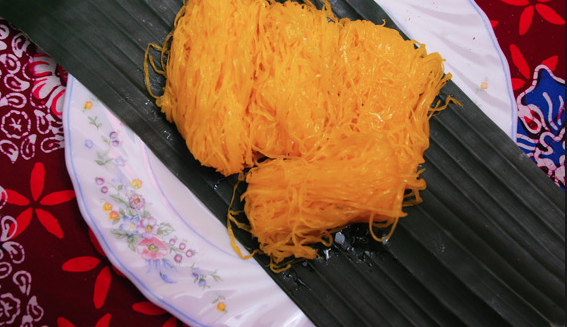
The process of making it is simple as well. Make sugar syrup and in that same pan take the egg yolk mixture and pour it back and forth.
To get a better idea on the process, watch the video below.
7. Kuih Siput
Warning: This kuih is highly addictive. The name definitely came from its shape; it reminds you of sea snails no?
The dough contains cumin, fennel, dried shrimps and chillies which gives it that spicy kick.
This savoury snack is usually served during festivities. Coupled with interesting conversations with your relatives over tea, you would finish the whole jar before you even know it.
Click the video below for the full recipe.
8. Cucur Badak
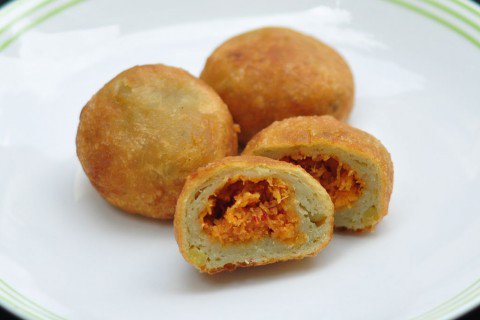
Just like the badak berendam, the cucur badak definitely got its name from the shape.
Unlike its sweet counterpart, the cucur badak is filled with dried coconut and shrimp sambal. The outer layer is made from mashed sweet potatoes.
Perfect combination don’t you think?
9. Kuih Serabai
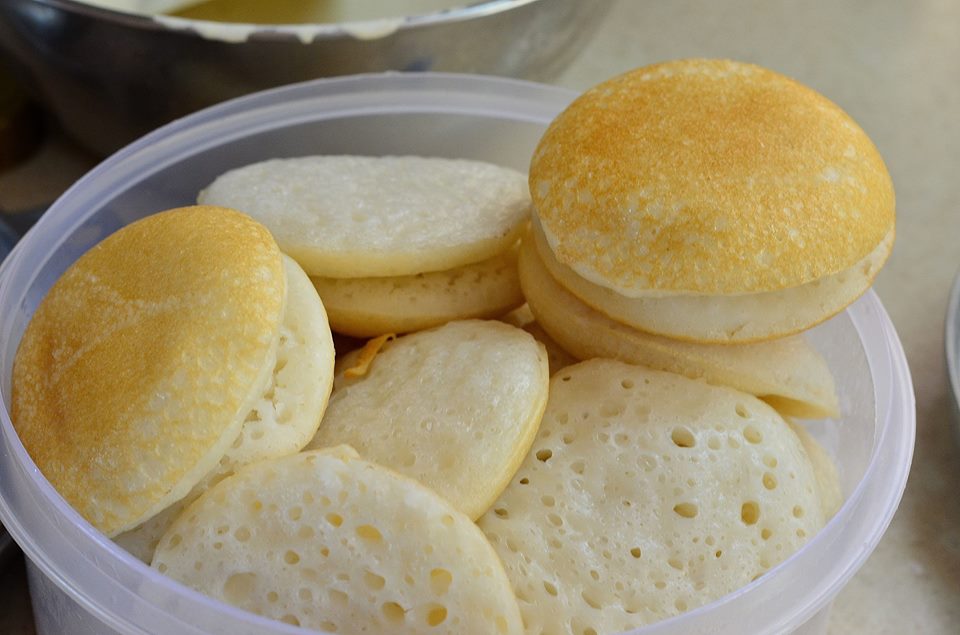
Serabai means messy but this kuih is far from that. Kuih Serabai is like the Malaysian version of pancakes. It’s often paired with durian sauce but can be eaten with other sauces as well.
Want to try and make it? Watch the video below for the recipe!
10. Lompat Tikam
The origins of the Lompat Tikam name is quite the mystery because we can’t find the correlation between the name and the kuih. Even though it sounds violent, it tastes super sweet.
Kuih Lompat Tikam is made with rice flour and coconut milk. It usually has two layers- green and white- and is eaten with gula melaka.
Here’s a video with the full recipe.
Names aside, all the kuih listed above tastes amazing. Names are relative when it comes to food, it’s all about the taste!

